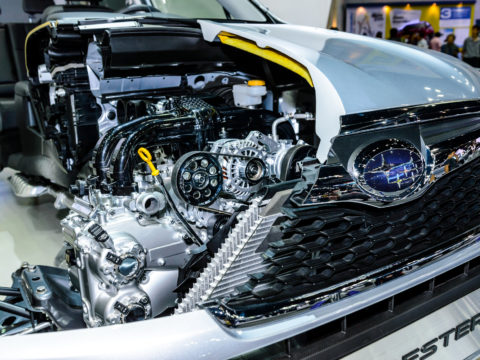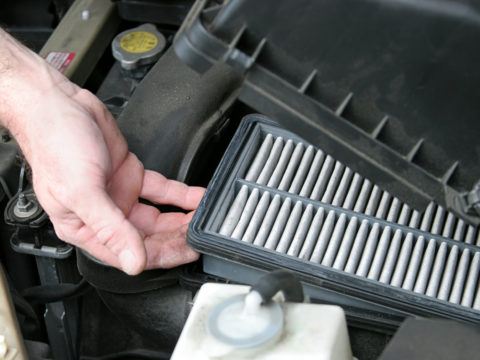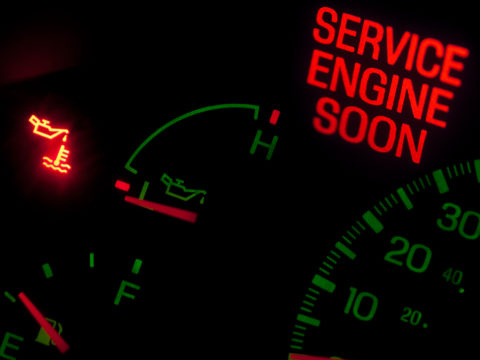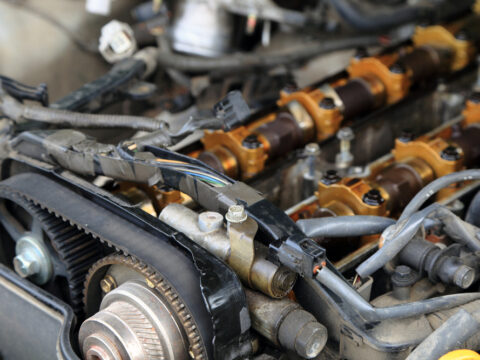A reduced engine power warning on your car’s dashboard means your vehicle isn’t performing as it should.
Bad sensors or transmission failure can trigger a reduced engine power warning.
Depending on the cause, there are several ways to fix this problem, including checking the battery and replacing the fluids.
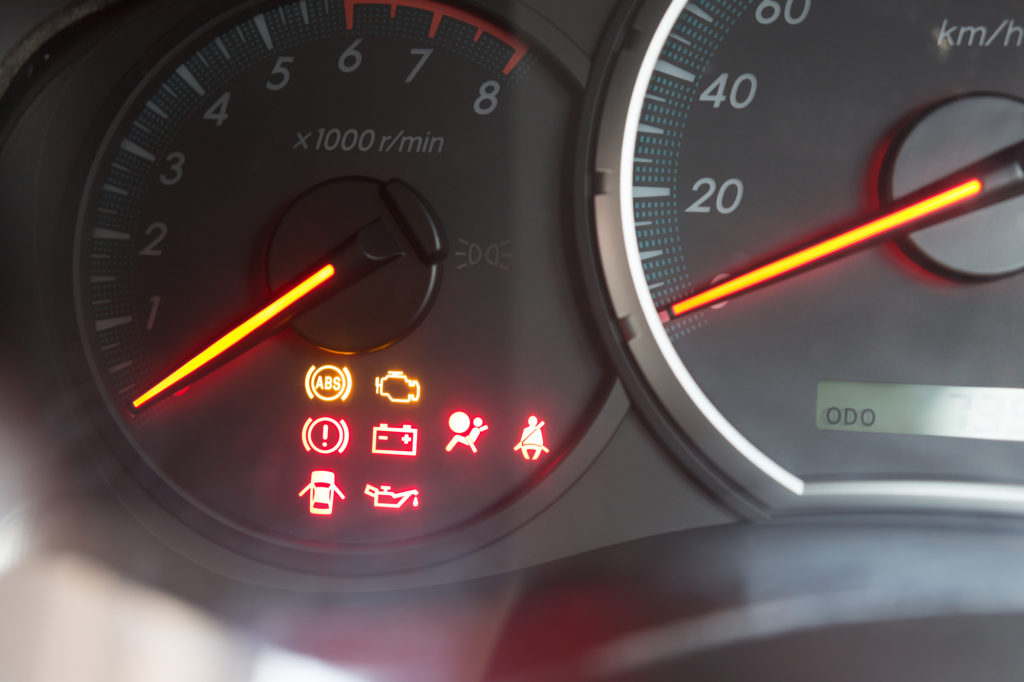
Contents
What Does Reduced Power Warning Mean?
A reduced engine power warning on your dashboard means your car has an internal issue. The problem in the car’s system is sending a notification to the powertrain control module (PCM).
Problems related to reduced power include:
- Engine functioning abnormally
- Trouble accelerating
- Unable to shift gears
- Fuel not reaching the engine
It can be frustrating and worrying to see the reduced engine power warning illuminate on your dashboard, but it’s better than your car dying by the side of the road.
It’s called the fail-safe mode because it gives you time to get home or to a mechanic without damaging your engine even more.
Sometimes, your car might get you to your destination with no problem.
This warning doesn’t always mean the engine reduces power immediately—it can let you know what will happen next time you start the car.
Why Would Engine Power Be Reduced?
When your car’s systems aren’t functioning, your control module will reduce power to the engine to prevent further trouble.
Otherwise, your vehicle might strain to work and die while driving. The reduced power mode gives you a chance to stop safely.
What Causes a Reduced Engine Power Fault?
Any time a warning appears on your dashboard, you can check your owner’s manual to see what it might mean for your specific make and model.
Many manufacturers add detailed information about warnings to help you understand the underlying problem.
If there’s no information in your manual, consider these common factors that cause a reduced engine power warning.
Transmission Failure
Anything dealing with your transmission might feel like a huge problem, but it doesn’t have to be. Changing your transmission fluid is a quick fix to try and find the root of the reduced power warning.
If the fluid doesn’t make a difference, it might be a more serious transmission problem that a mechanic can repair.
Loose Connection
There are countless wires under the hood of your car. A wire that isn’t correctly connected could cause the reduced power warning to illuminate.
Pop the hood and see if all cables clamp to their connectors. Check that the ground wire is secure.
While you’re looking at connections, keep an eye out for damaged wires as well.
Clogged Catalytic Converter
The catalytic converter converts exhaust gasses into less harmful substances. It can get dirty and clogged over time, whether your car is aging or due to improper engine function.
A clogged catalytic converter means you’re putting dangerous gas in the air every time you drive. It can also compromise your engine performance.
Throttle Body Issues
Many parts associated with the throttle body can cause a reduced power warning. The throttle actuator control can cause reduced power if it’s faulty or dirty.
The butterfly valve lets air into the engine, and without the right amount of air, the engine will misfire.
The throttle position sensor also promotes free movement of air in relation to the gas pedal. If this sensor isn’t working right, it can’t get information from the gas pedal to make the engine respond.
Defective Mass Air Flow Sensor
The mass air flow sensor is between the engine air filter and intake manifold.
Like several parts of the throttle body, it measures how much air enters the engine to keep the car running. This sensor sends data to the control module.
If it’s defective, it sends incorrect information that can cause the engine to struggle.
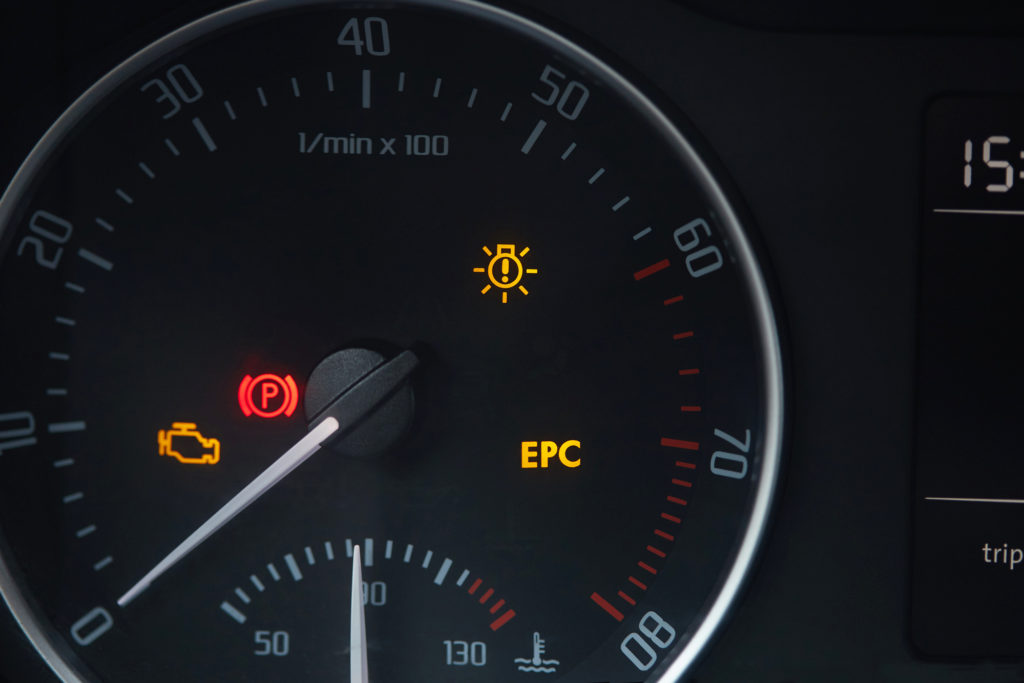
How to Reset/Fix Reduced Engine Power
There are several situations where you can fix the problem yourself. If you’re handy, you might have no trouble fixing the throttle or catalytic converter.
But if you’re unsure of the cause or don’t know your way around a car, a mechanic can fix the warning for you.
Tools and Equipment Required
Depending on the problem, you might need different tools and supplies. To tighten connections and remove car parts for cleaning, you’ll need a screwdriver and wrench.
If you’re changing your transmission fluid, you need a jug of the right fluid.
Step 1: Check the Car
Check your car to see what might have triggered the reduced power warning. You can tighten loose connections yourself. If the problem is with the throttle body, you can clean it.
You can also replace the catalytic converter and save a little money in terms of labor.
Additionally, you can replace damaged wires or clamp them back to their connections.
Step 2: Test the Battery
You can test the car’s battery if you have a multimeter or visit an auto part shop if you don’t. The results will let you know if the battery can still power your car or if you need a replacement.
In most cases, you’ll know if your battery is the problem because there will be other system issues along with the reduced power warning, but it’s still worth checking out.
Step 3: Replace Transmission Fluid
The engine and transmission are closely linked, so replacing the fluid is always a good idea.
If you can’t find any other cause for the reduced power warning, it’s worth changing your transmission fluid.
Step 4: Go to the Mechanic
The steps above are some of the most straightforward options you can fix on your own.
If your car is still in fail-safe mode after you try those remedies, it’s best to take it to a mechanic.
Towing your car is the safest way to transport it instead of driving in fail-safe mode.
Can You Bypass Reduced Engine Power Fault?
Yes, you can bypass reduced engine power by checking wire connections, cleaning all sensors, replacing the throttle, and changing the transmission fluid.
These are minor problems, and by fixing them, you bypass the larger issue.
How Much Does It Cost To Fix Engine Power Reduced?
The cost of this repair varies depending on the root cause. It can cost anywhere from $100 to $500. When you take the car to a mechanic, they’ll run a diagnostic scan.
At that point, they can give you a quote for parts and labor.
Can I Drive With Reduced Engine Power?
Yes, you can drive with reduced engine power, though you might have trouble accelerating or shifting.
But your vehicle goes into the fail-safe mode for a reason—to let you get to a safe spot before your car dies. Therefore, you shouldn’t drive too far or too often in fail-safe mode.
Your car runs at low speeds in fail-safe mode, which can cause traffic problems or even a wreck. Driving too far in fail-safe mode can also cause further damage to the engine and other systems.
It’s best to safely park your car and call a tow truck when you see this warning.
Final Notes
A reduced power warning is a sign that something is wrong with your car’s internal systems.
When you see this alert on your dashboard, you have time to stop safely before getting help with the underlying issue.
Whether you fix it yourself or go to a mechanic, proper care ensures you won’t experience more serious car problems.

